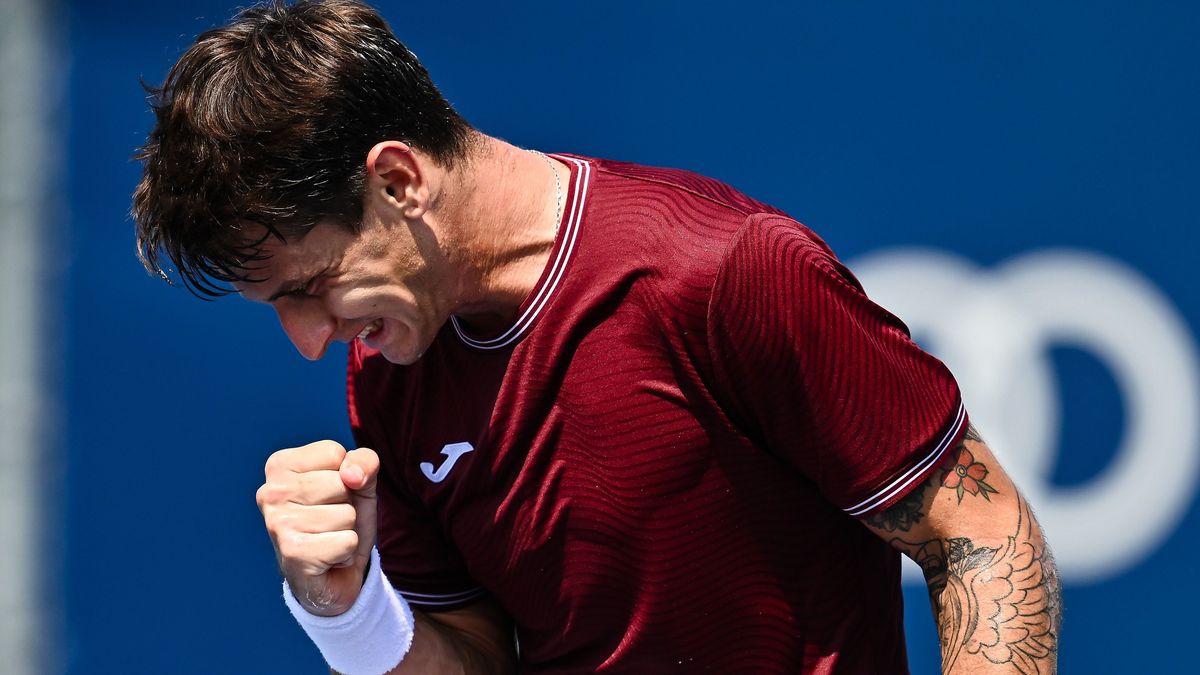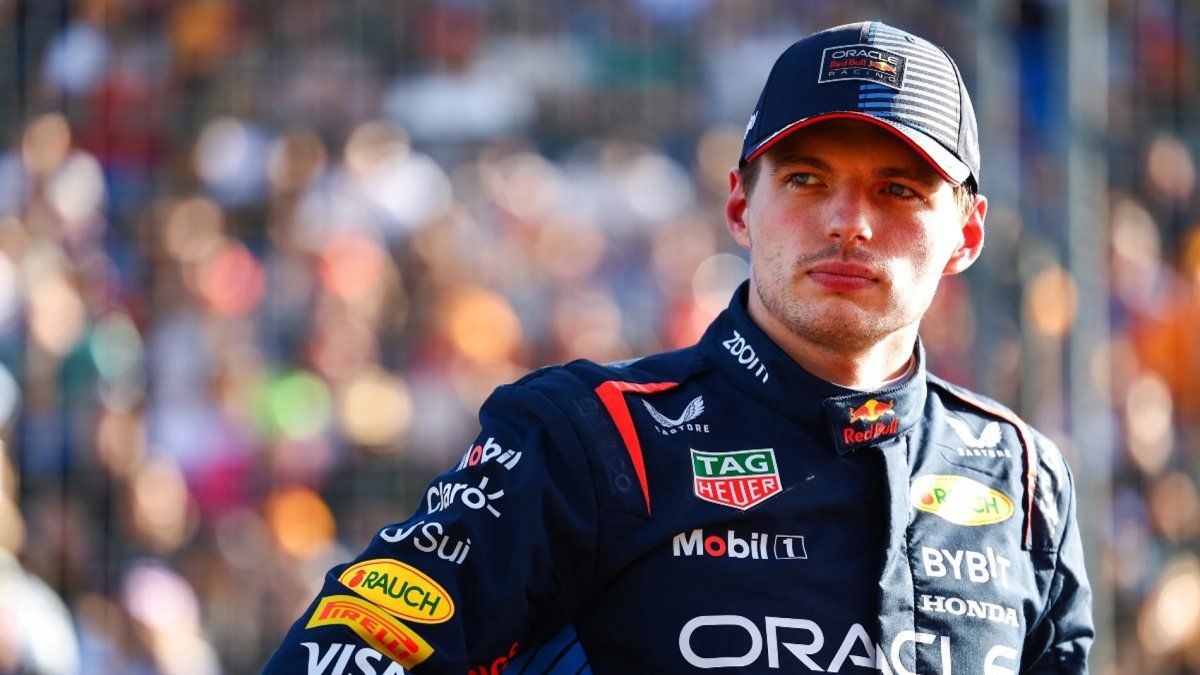Who will build the main weapon and turret of the next European main battle tank? Rheinmetall and Nexter are pursuing very different goals – whoever wins dominates the joint project.
International armaments cooperation should reduce costs and cooperation should strengthen friendship between the allies. In fact, there is always a slap and stick between the “partners” around the most attractive modules of the project. This is what happens with the sixth generation of European fighter jets, the Future Combat Air System, or FCAS for short. Here the partners suspect that Paris wants to secure complete control over development and that countries like Germany are particularly welcome as contributors.
And the Leopard successor Main Ground Combat System – MGCS – is also wrestling. The most recent argument revolves around the turret and the main weapon. Since the entire electronics are connected to the turret and cannon, it is technically the fillet of the tank. The drive, armor and hull are largely without electronics.
Rheinmetall unveiled its prototype in July 2020. The turret was equipped with the previously shown 130 mm / L51 cannon. Unlike the Leopard 2, the tower is equipped with an automatic loader. Only in this way can the exposed turret and the explosive armament be separated from the crew. A car charger is also a basic requirement for drone or robot operation.
Evolution or Revolution
But the French partner Nexter made it clear that he would not leave Rheinmetall the field without a fight. Nexter presented a massive 140 mm cannon and mounted it on a Lerclerc tank. The French concept is called “Ascalon” [Autoloaded and SCALable OutperformingguN] and is far more ambitious than the German model. Apart from the loader, the Rheinmetall cannon follows the well-known series from the Leopard 2 and is only one size larger than the Rh-120 L44 120 mm cannon. Ascalon, on the other hand, is a next-generation weapon.
The French use telescopic ammunition to limit the length of the ammunition in the tank and still allow a long missile. That means: The propellant charge is not behind the projectile, it packs the projectile all around. The mass of the ammunition remains the same, but it can be made much more compact. Russia is also working on a 150 mm combat vehicle cannon for the T-14 Armata. The extension to 140mm from Nexter makes it more possible to use intelligent ammunition. Guided missiles that seek their own target and can change their course. Because they do not have to follow the ballistic trajectory, greater and greater ranges make sense, and the tank can also remain in a concealed position when firing. Ascalon achieves the trick of using telescopic ammunition to greatly increase the kinetic energy of the projectile without increasing the burdensome internal pressure of the barrel. In addition, a reduced recoil should make it possible to mount the weapon on tanks weighing less than 50 tons. In this way the problem of obesity in western main battle tanks can be eliminated.
Hardly with the troops before 2040
A first demonstrator is to be presented between 2025 and 2028, and the first series models are to be delivered from 2035. At least if there are no delays that must always be expected in European armaments projects. The “Leopard 3” would then come to the troops about 20 years later than the Russian T-14 Armata. The Armata is only delivered in very small numbers. Like the West, the Russian armed forces will mainly rely on modernized battle tanks from the Cold War. Nevertheless, Russian tank construction will have 20 years to develop the T-14 further before the first Leopard 3 is delivered.
David William is a talented author who has made a name for himself in the world of writing. He is a professional author who writes on a wide range of topics, from general interest to opinion news. David is currently working as a writer at 24 hours worlds where he brings his unique perspective and in-depth research to his articles, making them both informative and engaging.



